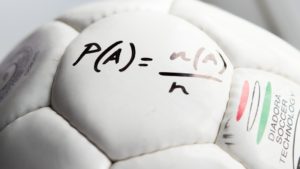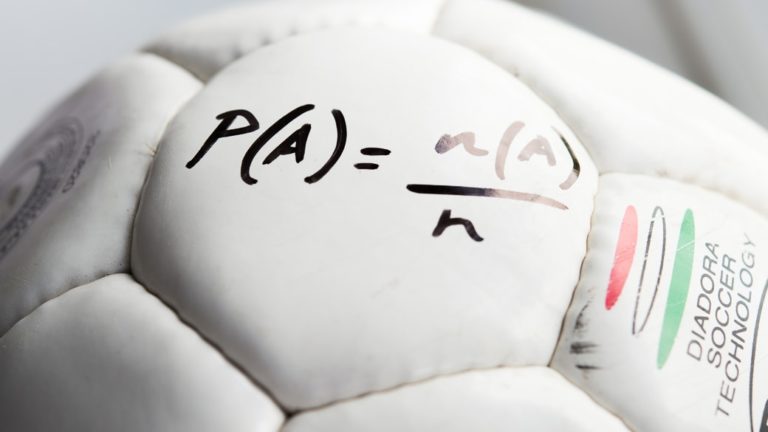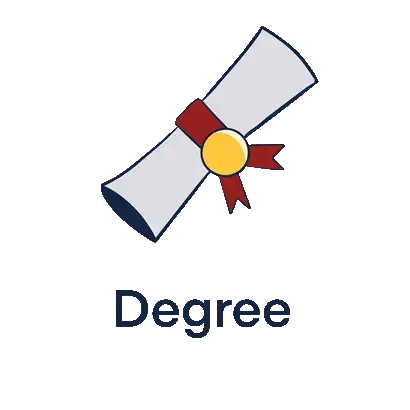GCSE Maths: Getting Started
In this blog post, tutor and teacher Simon provides an overview of GCSE Mathematics, explaining its format and content as well as exploring its development and new innovations. It's a great place to start if you are looking to learn more about GCSE maths.
Overview
GCSE Mathematics was introduced to England, Wales and Northern Ireland in 1988 alongside its equivalents in other subjects, replacing the older CSE and O Level examinations with a single qualification. GCSEs have since become the exams taken by the great majority of students at British schools, although a number of (mostly independent) schools have favoured the alternative IGCSE or (more rarely) the IB Middle Years Programme, while Scotland retains its own separate system of qualifications.
The GCSE course traditionally spans Years 10 and 11 and forms the final stage of compulsory education, although it has become increasingly common to begin them in Year 9, especially since the abolition of national testing at the end of Key Stage 3. In many schools certain subjects, including Mathematics, may also be taken a year early, especially by abler students intending to pursue the subject at a higher level thereafter. Such students then either begin their study of A Level Mathematics earlier or, more commonly, undertake a bridging qualification such as Additional Mathematics.
Assessment
The assessment methods used at GCSE have been frequently altered since its introduction, as waves of ‘reforms’ first introduced, and then abolished, things like coursework and modular assessment, and as ever-higher nominal pass rates have provoked controversy over the exam’s rigour and standards.
Most recently, and in common with other subjects, in 2017 the A* to G grading system was replaced in England by an alternative ‘9-1’ system, intended (like the A* introduced in 1993) to increase differentiation among students at the top end.
As of 2021, all three exam boards in England (AQA, Edexcel and OCR) offer two ‘tiers’ of difficulty, Foundation (grades 1-5) and Higher (grades 4-9). A high-scoring student at the Foundation tier can therefore score no more than a grade 5, while a Higher tier candidate runs the risk (at least in theory) of having his or her exam “ungraded” should they not achieve at least the lowest grade threshold – though this is very rare in practice, not least because of grade thresholds which, controversially, can run as low as 10-20% for the bottom grades.
Both tiers are assessed by three terminal exam papers of 1 hour and 30 minutes. Calculators are permitted in two of the three papers, although the content of each is not otherwise specified separately.
Wales and Northern Ireland, meanwhile, retain A*-G grades. The Welsh exam board WJEC also retains an Intermediate tier, while in Northern Ireland the CCEA board offers two tiers like its English counterparts, albeit in conjunction with the older grading system.
Skills developed
The goals of GCSE Mathematics are specified by the Department of Education under three loose “assessment objectives” (AO), on to which each exam board broadly maps its own specification:
AO1 Use and apply standard techniques
AO2 Reason, interpret and communicate mathematically
A03 Solve problems within mathematics and in other contexts
We might summarize these as, respectively, “rote methods”, “reasoning” and “problem solving”. The first is intended to comprise 40% at the Higher tier (50% at Foundation), with the other two comprising 30% each (25% at Foundation).
Syllabus content
While teachers and tutors have needed to stay abreast of minor revisions to the syllabus, as well as more substantial changes to the exam format, the actual mathematical content of the papers has remained largely the same since the inception of the GCSE. And, while controversy over the lowering of grade thresholds continues, the intrinsic difficulty of the questions themselves has waxed and waned only slightly as the “look and feel” of the papers has shifted. As such, parents who took GCSE exams themselves in the last thirty years should find them broadly as they remember (or have tried to forget!).
All the exam boards divide the content into the same broad headings as follows:
- Number (that is, arithmetic)
- Ratio and Proportion (also largely arithmetic)
- Algebra
- Geometry
- Probability
- Statistics
(Formerly, 1 and 2 were treated as a single heading, as were 5 and 6, but their separation carries few practical implications.)
Much of the content is substantially the same as that taught at Key Stage 3, such that a child with a strong grasp of the subject by Year 9 is already likely to be achieving at grade 6 or even 7 – another reason why many schools have tended begin and finish the GCSE course earlier.
More advanced concepts are then layered on top of Key Stage 3 material at the higher end. The jump is most noticeable in algebra, where topics such as quadratic equations, non-linear simultaneous equations, and inverse and composite functions are introduced. In geometry also, topics such as non-right angled trigonometry and circle theorems will probably not have been encountered previously, while conditional probability will likewise be new to most students.
The major omission from the GCSE Mathematics syllabus, even at the Higher tier, remains calculus, in which respect it differs both from the old O Level and the rival IGCSE. The absence of calculus is another reason why many schools have traditionally offered students the opportunity to take GCSE Mathematics in Year 10, allowing abler ones the chance to tackle the topic earlier in readiness for A Level, in which calculus has a central role.
Hopefully, you should now have a good overview of GCSE Mathematics. If you have any queries please don’t hesitate to get in touch or comment below.
GCSE Maths tutors
Frankie
7 Plus, 8 Plus, 11 Plus, Other School Entrance, English, Maths and SEN
Frankie is a qualified Assessor of Dyslexia and Level 7 Specialist Teacher- Assessor in Dyslexia and Literacy. Frankie is able to provide assessments for both children and adults who experience difficulties in Literacy and provide diagnostic reports which can then be shared with schools providing guidance on how best to support the students and highlighting areas of both strength and weakness
Samuel-Louis
11 Plus, 13 Plus, Other School Entrance, University Admissions, Biology, Chemistry, English, Maths, Physics and Science
Samuel-Louis is an experienced, engaging and extremely well-qualified teacher and tutor. Samuel-Louis trained to teach at the world-leading UCL Institute of Education and has Masters degrees in Physics, Maths and Theoretical Physics and is currently studying for a PhD in Mathematics










Start the discussion!